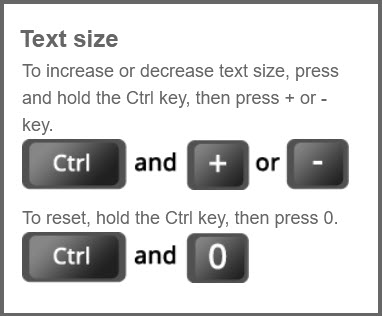These infographics have been developed by the CRSN's Best Practice team as subject matter experts within the stroke system of care. They are designed to help you become more familiar with stroke-related topics. Click on each image to view the details. The infographics are listed in alphabetical order.
Please note that the Patient side of the website has its own infographics. These may be helpful to you as you provide education to your patients. They are written in plainer language and may be printed and distributed as needed.
Infographics:
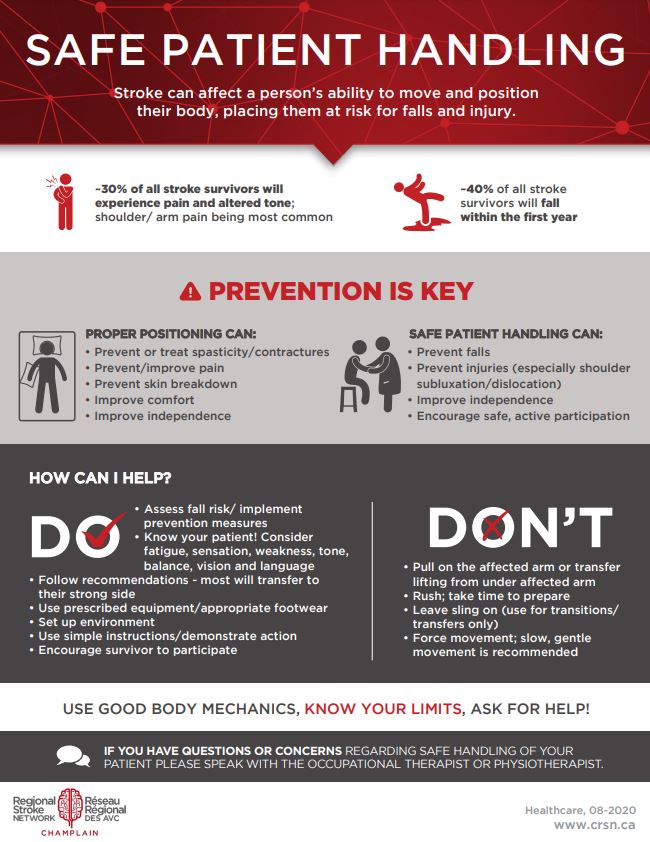
 Advance care planning ensures that the care received is tailored to a person’s needs and wishes.
Advance care planning ensures that the care received is tailored to a person’s needs and wishes.
 Aphasia is when the part of the brain that controls speech and language is injured because of a stroke.
Aphasia is when the part of the brain that controls speech and language is injured because of a stroke.
Champlain Region Stroke Landscape A list of the types of stroke services available at our Regional sites.
 Communication Disorders Post-stroke Approximately 38% of stroke survivors will have difficulty with communication following a stroke
Communication Disorders Post-stroke Approximately 38% of stroke survivors will have difficulty with communication following a stroke
 Delirium is a suddenly confused state of mind. Delirium is common in acute stroke. (Credit: The Ottawa Hospital and the Champlain Region Patient, Family and Caregiver Education Program)
Delirium is a suddenly confused state of mind. Delirium is common in acute stroke. (Credit: The Ottawa Hospital and the Champlain Region Patient, Family and Caregiver Education Program)
 Driving Stroke survivors should not return to driving without guidance from their treatment team.
Driving Stroke survivors should not return to driving without guidance from their treatment team.
 Dysphagia Approximately 65% of stroke survivors will have problems with chewing and swallowing food and liquids.
Dysphagia Approximately 65% of stroke survivors will have problems with chewing and swallowing food and liquids.
 Exercise and Mobility Exercise is an important part of recovery and can reduce the risk of having another stroke by ~ 30%.
Exercise and Mobility Exercise is an important part of recovery and can reduce the risk of having another stroke by ~ 30%.
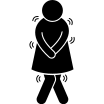 Incontinence Reducing occurrences of incontinence can greatly impact the quality of life and self-esteem of patients.
Incontinence Reducing occurrences of incontinence can greatly impact the quality of life and self-esteem of patients.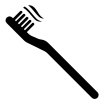 Oral Health Oral care and consequently oral health is directly linked to the health of the body.
Oral Health Oral care and consequently oral health is directly linked to the health of the body.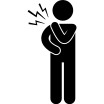 Pain Approximately 30% of stroke survivors will experience pain.
Pain Approximately 30% of stroke survivors will experience pain.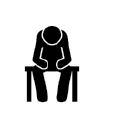
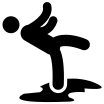 Safe Patient Handling Stroke can affect a person’s ability to move and position their body, placing them at risk for falls and injury.
Safe Patient Handling Stroke can affect a person’s ability to move and position their body, placing them at risk for falls and injury.
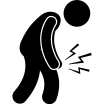 Spasticity Early detection through assessment is key to identifying and effectively managing spasticity.
Spasticity Early detection through assessment is key to identifying and effectively managing spasticity.
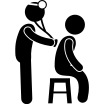 Stroke Prevention for Primary Care Providers Timely initiation of secondary prevention interventions significantly reduces the risk of a major stroke.
Stroke Prevention for Primary Care Providers Timely initiation of secondary prevention interventions significantly reduces the risk of a major stroke.

